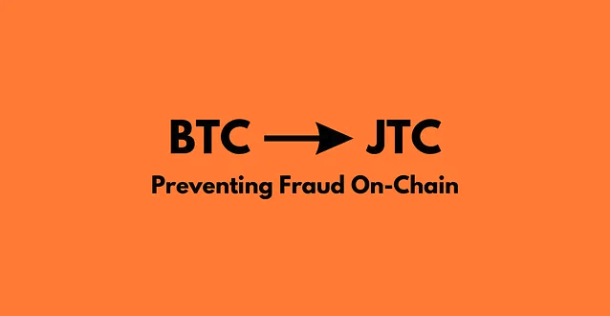The way we value currency and our ability to conduct business was completely reshaped with the launch of Bitcoin in 2009, and greatly accelerated in 2022, with the launch of Jurat. Both peer-to-peer electronic cash systems rely on blockchain technology for security, and have revolutionized the way we transact. However, they each cater to different aspects of the digital economy, and understanding their properties is key to appreciating the full potential they bring together.
Bitcoin, the first and most popular currency, marked the inception of decentralized finance, challenging the traditional financial paradigm with its offer of anonymity, borderless trade, and an immutable ledger. It has become a fantastic store of value for millions of users across the world, especially those affected by rising inflation. These properties however, have come with their own set of drawbacks. In particular, the facilitation of illicit trades and criminal activity, impacting consumers as there is no way to recover stolen assets on-chain without access to physical keys.
Now, enter Jurat (JTC). Formed via a fork of the Bitcoin blockchain, JTC is built upon Bitcoin’s core properties with an added layer of consumer protection. Jurat shines in its ability to protect legal rights on-chain, offering a safety net for users in case their assets are lost or stolen.
Currently the Jurat Blockchain operates via permissioned mining by attorneys using the proof-of-work model. With its legal protection built directly into node operations, there is the opportunity for the blockchain to integrate seamlessly with state and federal courts, allowing it to interpret and act on a court order. With this feature, JTC allows its users to enforce their legal rights without losing the benefits of blockchain technology.
JTC doesn’t aim to replace BTC but rather complement it.
Further enhancing its consumer-friendly features, all Bitcoin holders, as of January 8, 2022 (Block Height 717808), automatically received the same equivalent amount of JTC in their wallets. This gesture accelerated JTC’s potential for widespread adoption and offered new utility value to a globally diverse user base who already knows how to utilize cryptocurrencies.
This integration with US Courts offers due process to all users, while hopefully mitigating lawmakers’ objections to cryptocurrency and increasing the value proposition of these assets.
Let’s dive into a few use cases JTC has in supporting the Web3 space:
On-Chain Dispute Resolution: Jurat’s court connectivity is a tool for dispute resolution in a decentralized manner. In case of disagreement between parties, Jurat allows the freezing of assets during the dispute, a feature that is underappreciated in traditional blockchain transactions, and utilizes the accepted standard for resolution (legal courts) that users expect for everyday-life disputes.
Trustless Escrow Services: In Web3, a considerable challenge is establishing trust between anonymous parties who are trying to strike a deal. Traditional escrow services are centralized and unable to handle the needs of Web3 users. Jurat technology can serve as a trustless, decentralized escrow service. Parties can agree on conditions that, if not met, will trigger an automatic refund or penalty via smart contracts. We see this feature greatly increasing commerce within Web3 environments.
NFT Marketplace Transactions: NFT marketplaces are filled with issues of copyright infringement, fraud, and disputes over ownership. This makes it extremely difficult for traditional users/investors to onboard into the space and value the benefits of these assets. Jurat’s protocol offers a solution by enforcing legal rights within the blockchain. This can create a more secure environment for NFT transactions, enhancing trust within the marketplace, while also giving users the ability to license their IP, collect royalties on-chain, and protect collectors of digital art from scams or hacks.
While both Bitcoin and Jurat have their unique advantages, Jurat has demonstrated its ability to build upon the properties established by BTC — incorporating consumer protection to facilitate traditional commerce on-chain. It takes the best of Bitcoin, enhances it with consumer safeguards and creates an asset that addresses the challenges currently used as an objection to crypto currency assets. As Web3 grows, embracing digital assets that offer both the advantages of decentralization and the security of legal compliance is no longer a luxury, but a necessity. JTC’s potential to support on-chain commerce is huge, offering exciting possibilities for the future of decentralized finance.
To learn more, read our white paper: https://jurat.io/whitepaper/



